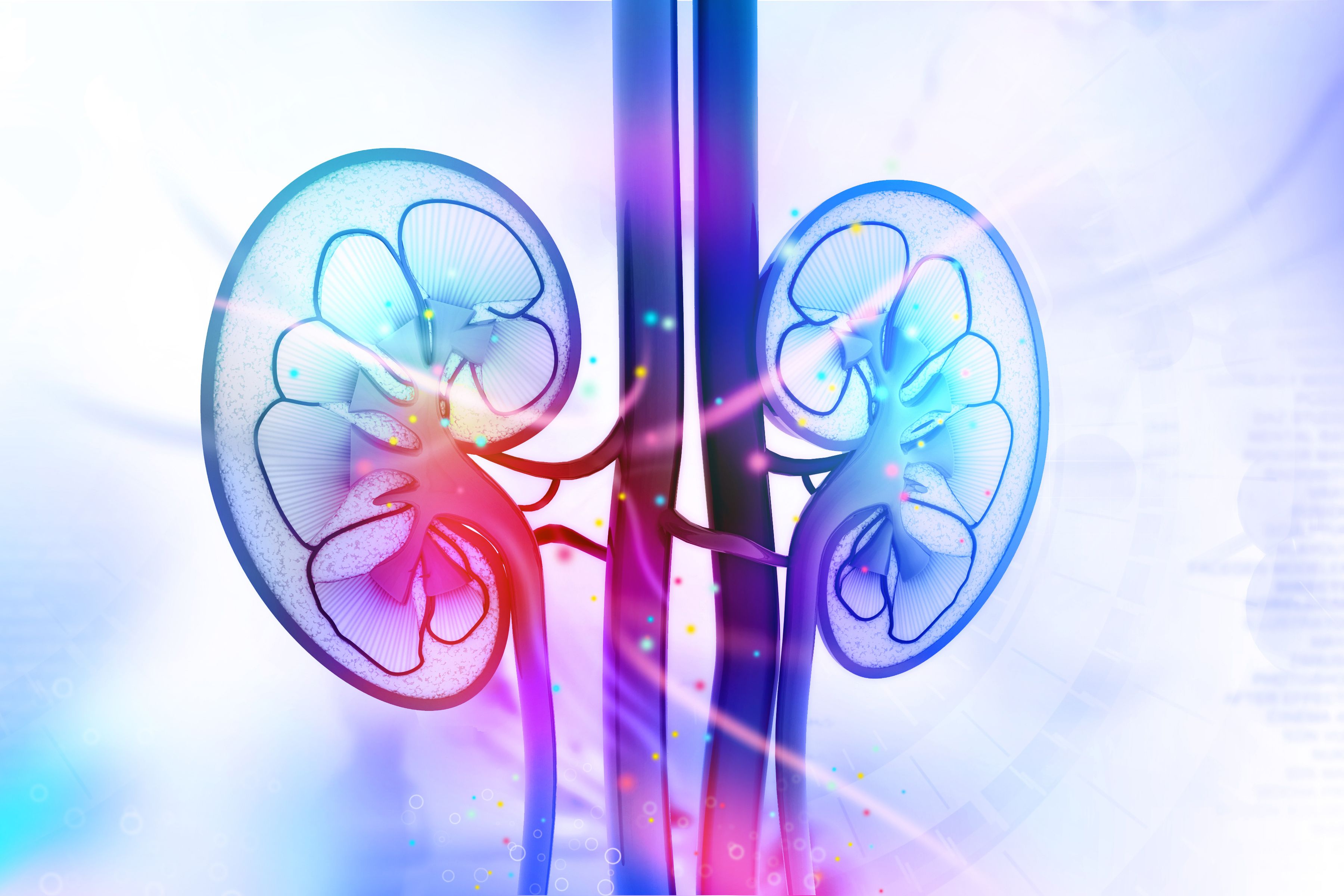News
Article
Low Bilirubin Predicts IgA Nephropathy Progression, Worsened Clinical Parameters
Author(s):
Low total, direct, and indirect bilirubin were linked to worsened IgAN-related clinical parameters, with reduced total and indirect bilirubin also identified as predictors of IgAN progression.
Credit: Fotolia

Findings from a recent study are providing clinicians with an overview of the association between bilirubin indices and disease-related clinical indicators and renal pathology of IgA nephropathy (IgAN).1
Results showed patients with low total bilirubin, direct bilirubin, and indirect bilirubin exhibited worsened IgAN-related clinical parameters, such as 24-hour urine protein, total protein, albumin, and hemoglobin. Reduced total bilirubin and indirect bilirubin concentrations were also identified as predictors of IgAN progression and suggested severe renal pathology, with indirect bilirubin serving as a protective factor against M1.1
“Oxidative stress is pivotal in initiating and promoting IgAN progression,” Haihong Xu, of the department of nephrology at Wannan Medical College Affiliated Yijishan Hospital in China, and colleagues wrote.1 “Nevertheless, whether the antioxidant properties of serum bilirubin can prevent or reverse this disease progression associated with oxidative stress is still unknown.”
An autoimmune disease causing inflammation and kidney damage, IgAN is the most common form of primary glomerulonephritis and often remains silent for years before patients notice symptoms. Its exact cause is unknown and clinical manifestation varies from patient to patient, underscoring the importance of prompt diagnosis and treatment and the need for markers of disease severity and progression. Oxidative stress is thought to play an important role in the complex pathogenesis of IgAN, but serum bilirubin’s value in IgAN has not yet been established.1,2
To investigate the correlations of total bilirubin, direct bilirubin, and indirect bilirubin with various clinical indicators and pathological features of IgAN, investigators examined data for 192 adult patients diagnosed with IgAN through percutaneous renal biopsy from January 1, 2019, to November 10, 2022. Among the entire study population, the average age was 39.44 ± 12.78 years and 55.2% of patients were female. Based on the medians of total bilirubin, direct bilirubin, and indirect bilirubin after admission, patients with IgAN were divided into the following groups:
- Low total bilirubin (<11.510 μmol/L; n = 96) and high total bilirubin (>11.510 μmol/L; n = 96)
- Low direct bilirubin (<2.575 μmol/L; n = 96) and high direct bilirubin (>2.575 μmol/L; n = 96)
- Low indirect bilirubin (<8.770 μmol/L; n = 96) and high indirect bilirubin (>8.770 μmol/L; n = 96)
Investigators performed correlation analysis to assess the relationships between the bilirubin indices and other clinical and pathological variables. Logistic regression was then applied to identify independent risk factors of mesangial cell proliferation corresponding to M1 in the Oxford classification of IgAN.1
Compared to the groups with higher total bilirubin, direct bilirubin, and indirect bilirubin levels, groups with lower values of these bilirubin indices exhibited a greater 24-hour urine protein concentration but a lower proportion of males as well as reduced total protein, albumin, hemoglobin, and glutamic-pyruvic transaminase levels (P <.05).1
Upon analysis, total bilirubin, direct bilirubin, and indirect bilirubin were negatively correlated with 24-hour urine protein and positively correlated with hemoglobin, total protein, and albumin (P <.05).1
Further analysis of individual bilirubin subtypes revealed total bilirubin was negatively correlated with 24-hour urine protein (rs = −0.271, P <.001) and positively correlated with hemoglobin (rs = 0.376, P <.001); total protein (rs = 0.344, P <.001); and albumin (rs = 0.459, P <.001). Direct bilirubin was negatively correlated with 24-hour urine protein (rs = −0.402, P <.001); TC (rs = −0.445, P <.001); TG (rs = −0.262, P <.001); and LDL (rs = −0.399, P <.001) and positively correlated with hemoglobin (rs = 0.265, P <.001); total protein (rs = 0.385, P <.001); and albumin (rs = 0.508, P <.001). Additionally, indirect bilirubin was negatively correlated with 24-hour urine protein (rs = −0.199, P = .006) and positively correlated with hemoglobin (rs = 0.396, P <.001); total protein (rs = 0.298, P <.001); and albumin (rs = 0.405, P <.001).1
Pathologically, investigators observed greater M1 incidence in the low total bilirubin and indirect bilirubin groups (both P <.05). They also noted the high indirect bilirubin group showed a lower occurrence of cellular/fibrocellular crescents (C1 in ≥ 1 glomerulus and C2 in > 25% of glomeruli in the Oxford classification; P <.05).1
Multivariate logistic regression analysis using total bilirubin, indirect bilirubin, eGFR, serum creatinine, and cystatin-C as the independent variables, and the presence or absence of M1 as the dependent variable revealed indirect bilirubin had a significant effect on the presence or absence of M1 in the renal pathology of patients with IgAN (Odds ratio, 0.563, 95% CI, 0.344 to 0.921; P = .022).1
Acknowledging potential limitations to these findings, investigators called attention to the single-center, retrospective study design failing to avoid selection bias and assess causality. Additionally, they highlighted the small number of patients included in the study and the potential negative impact on the reliability of the results.1
“Patients with IgAN accompanied by low values of bilirubin indices exhibit worsened disease-related clinical indicators,” investigators concluded.1 “Reduced total bilirubin and indirect bilirubin concentrations are indicative of severe renal pathology, with indirect bilirubin being a protective factor against M1.”
References:
- Xu H, Hao G, Liu D, et al. Correlation of Serum Bilirubin with Clinical and Pathological Characteristics of Patients with IgA Nephropathy. Archivos Españoles de Urología. 2024, 77(5): 531-539 https://doi.org/10.56434/j.arch.esp.urol.20247705.73
- Mayo Clinic. IgA nephropathy (Berger disease). Diseases & Conditions. June 9, 2023. Accessed July 11, 2024. https://www.mayoclinic.org/diseases-conditions/iga-nephropathy/diagnosis-treatment/drc-20352274





